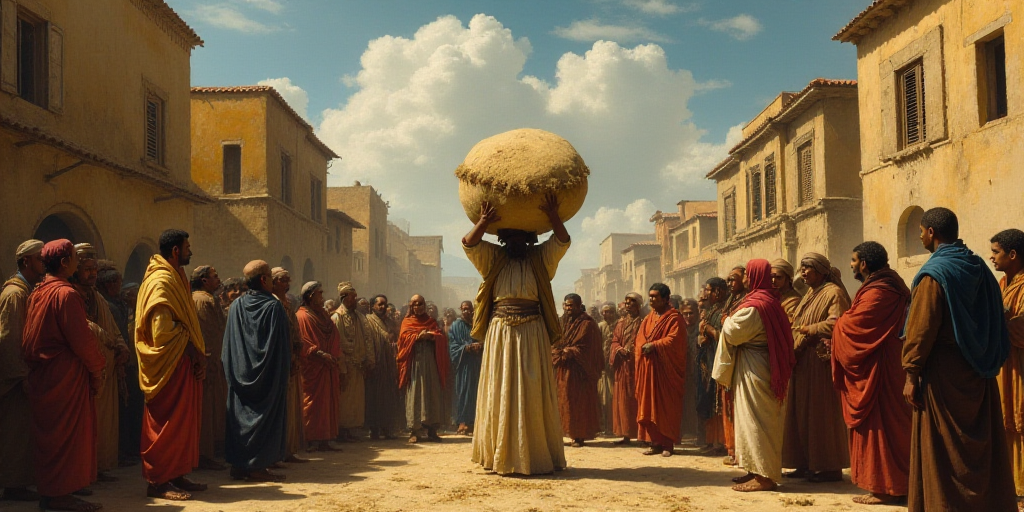Background on Key Figures and Context
The recent surge in violence in Gaza has resulted in at least 43 Palestinian deaths, according to the Gaza Civil Defense, as indirect negotiations between Israel and Hamas enter their seventh week without a ceasefire agreement. Both sides accuse each other of hindering the talks mediated by Qatar, Egypt, and the United States in Doha.
Hamas, an Islamist Palestinian group, initiated the conflict on October 7, 2023, with a surprise attack in southern Israel. This attack led to 1,219 deaths on the Israeli side, mostly civilians, and the abduction of 251 people, with 49 still held captive in Gaza, including 27 confirmed dead according to the Israeli military.
The conflict has resulted in over 58,026 Palestinian casualties, mostly civilians, as reported by the Hamas-led Gaza Health Ministry, which is considered reliable by the United Nations.
Challenges in Negotiations
A Palestinian source close to the negotiations stated that Hamas has “completely rejected” an Israeli proposal that reportedly involves maintaining Israeli forces in more than 40% of the Gaza Strip’s territory.
The negotiations in Doha face “obstacles and difficulties,” according to the source, emphasizing Israel’s insistence on this plan. Israel aims to concentrate “hundreds of thousands of displaced persons” in southern Gaza, preparing for forced population displacement to Egypt or other countries.
Another Palestinian source mentioned progress regarding humanitarian aid entry into Gaza and the prisoner exchange for Palestinian captives in Israel.
Israeli Prime Minister Benjamin Netanyahu has reiterated that the current war aims to free the captives, dismantle Hamas’ military and governing capabilities, and expel the Palestinian Islamist group from Gaza.
Humanitarian Crisis
The humanitarian situation in Gaza is dire, with over two million residents facing displacement multiple times. Seven UN agencies warned on Saturday that the fuel shortage in Gaza has reached a “critical level,” adding an “unbearable burden” to a population on the brink of starvation.
According to Amjad Shawa, head of the Palestinian charities network in Gaza, only 150,000 liters of fuel have entered Gaza in recent days, barely covering daily needs. He stated that 275,000 liters are required daily to meet essential needs.
Gaza’s Civil Defense reported 43 more deaths from recent Israeli attacks across various locations in the Gaza Strip. Eleven people, including women and children, perished in an attack on a market in Gaza City, while three others died in a bombing at the Al Mawasi displaced persons camp in southern Gaza.
Another Israeli drone strike hit a potable water distribution point for displaced persons near the Nuseirat refugee camp, resulting in 20 fatalities, including ten minors.
Witnesses in Nuseirat described hearing “large explosions” that left their neighbor, Abu Yihad al Arbid, and his family buried under rubble following an airstrike on their home.
Efforts to Break the Blockade
Amidst this dire situation, a new aid ship set sail Sunday from Sicily to Gaza with pro-Palestinian activists aboard, intending to “break the Israeli blockade.”
Key Questions and Answers
- Who are the main parties involved in the conflict? The primary parties are Israel and Hamas, an Islamist Palestinian group.
- What are the main points of contention in the negotiations? Israel insists on maintaining a military presence in more than 40% of the Gaza Strip, while Hamas rejects this proposal.
- What is the humanitarian situation in Gaza? The situation is dire, with fuel shortages, food insecurity, and mass displacement affecting over two million residents.
- What are the recent developments in the conflict? There have been ongoing attacks by Israel and counterattacks by Hamas, resulting in numerous civilian casualties. Efforts to deliver humanitarian aid and break the blockade continue.






